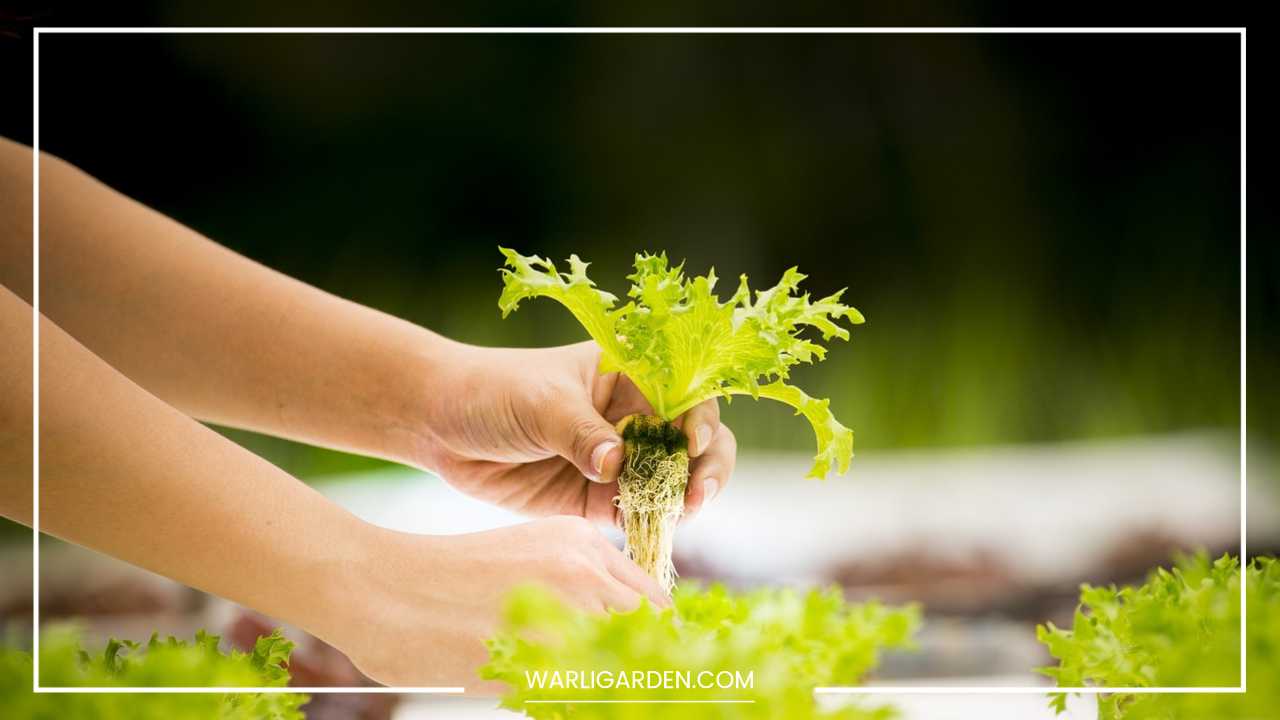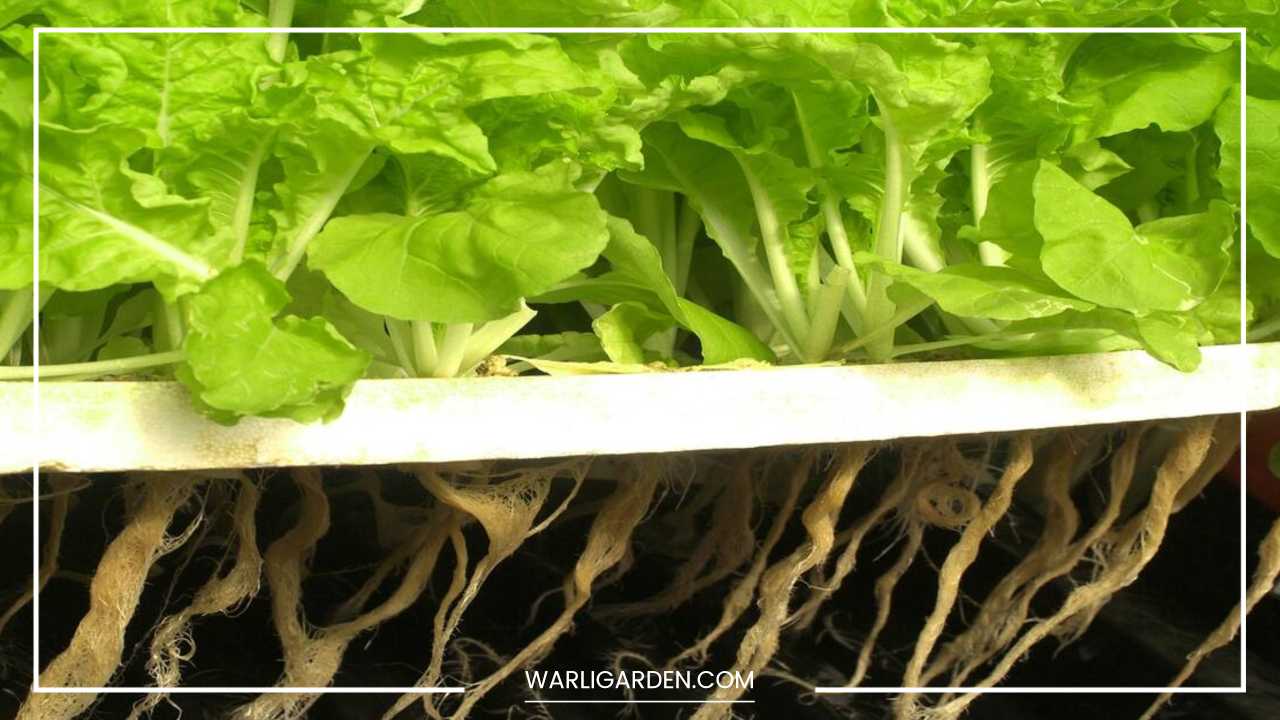
When we want to grow plants without using soil and only water is used to fulfill plants requirement, we are doing hydroponic farming.
Hydroponic farming is basically done in places where there is very less water and the soil of that place is not giving good yield. Hydroponics farming uses very less water if we compare it with traditional farming.
Plants grown in hydroponics culture give better yield because chances of nutrient deficiency are very less. Hydroponic is a technique of growing any plant without putting the plant in soil.
In Hydroponic farming plants grow at a faster rate then as compared to traditional farming.
When most people think of hydroponics, they think of plants grown with their roots suspended directly into water with no growing medium. This is just one type of hydroponic gardening known as N.F.T. (nutrient film technique).
There are several variations of N.F.T. used around the world and it is a very popular method of growing hydroponically. what most people don’t realize is that there are countless methods and variations of hydroponic gardening.
Hydroponic is a branch of agriculture where plants are grown without the use of soil.
The nutrients that the plants normally derive from the soil are simply dissolved into water ins, and depending on the type of hydroponic system used,
The term hydroponics originates from the ancient Greek “hydros,” meaning water, and “ponics,” meaning to grow plants..
It can sometimes be mistakenly referred to as aquaculture, or agriculture, but these terms are really more appropriately used for other branches of science that have nothing to do with gardening.

Water Security and Savings
- Irrigation water in field grown operations cannot be effectively recycled.
- Hydroponic can reduce irrigation water usage by 70% to 90% by recycling the run-off water.
- As water becomes scarce, and important as resource, the use of hydroponics and other water saving technologies is needed now and is poised to increase in time.
Pest Management
- The use if Integrated Pest Management (IPM) in protected environments is ideally suited to hydroponic growing techniques, especially when carried out in a protected environment such as glasshouse os plastic / polythene tunnels.
- The use of IPM can virtually eliminate the need to use toxic and expensive chemical pesticides.
- Whereas IPM is much more difficult in soil cultivation and calls for near total use of dangerous, life threatening chemical pesticides.
- Diseases and pests from neighboring farms can cause spread of diseases in one’s field crops.
Plant Nutrition
- Hydroponic nutrient solutions can be tailored to the plant’s requirements, whereas in the field there is a tendency to over or under-fertilize.
- Hydroponic produce has all the macro-micro nutrients that are needed by the human body.
- Nutrients in the soil are often fixed as insoluble compounds that are not available to plants and therefore a loss to the grower.
- Uneven nutrition is ensured by virtue of leaching and sloping of land gradients.
